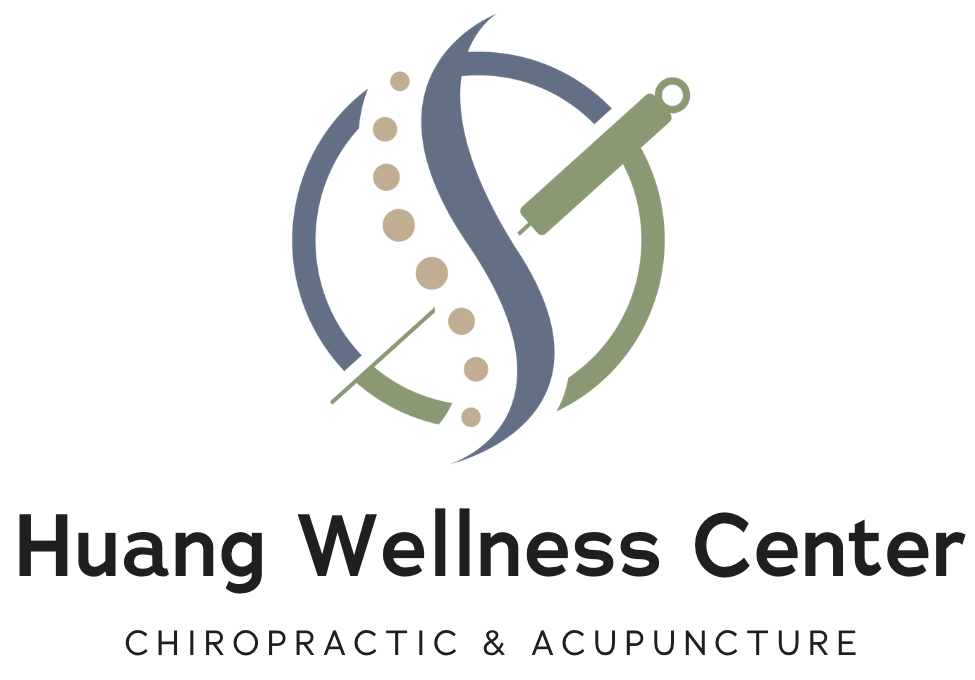Acupuncture: A medical system that has been used in China and other Oriental countries for thousands of years, to treat diseases and promote general health. Acupuncture can remedy acute or chronic ailments, relieve pain, enhance recuperative powers and strengthen the immune system. Chinese medical doctors and acupuncturists differentiate conditions with a thorough examination which includes an interpretation through medical history, pulse, and tongue diagnosis. Chinese medicine believes that human body is an energetic body through which the vital energy (“Qi” in Chinese) constantly flows in 14 meridians. When the Qi flows freely, your body is healthy; when the flow of Qi is blocked the symptoms of diseases appear. Acupuncture is the insert needles in the selected points of selected meridians to release blockage and to promote the Qi to flow freely, in turn, to stop pain or cure the disease.
Acupuncturists may also use the following adjunct techniques throughout the treatment process: moxibustion, cupping, auricular therapy, electrical/laser stimulation, or even manual manipulation of the points.
Chiropractic care: The word chiropractic comes from the greek words “cheir” and “praxis” which means to practice or treat using hands. Chiropractors are trained to assess patients through clinical examination, laboratory testing, diagnostic imaging, and other diagnostic interventions to determine if chiropractic treatment is appropriate. Chiropractors focuses on disorders of the musculoskeletal system and nervous system usually through the use of spinal manipulations.
Spinal manipulations, AKA chiropractic adjustments, are used to restore joint mobility by manually applying a controlled force into specific joints that have been restricted in their movement as a result of tissue injury or dysfunction.
Acupuncture: A typical treatment begins with an intake to determine the patient’s presentation. Once we have gather the relevant information we begin point selection and insertion of needles. The needles used are extremely fine, hair-thin, sterile needles and placed at specific points along body meridians. During insertion the patient may experience a sensation of tingling or warmth, but there is no pain due to how thin each needle is, nothing close to the size of a needle used to draw blood. Each treatment lasts about 20-30 minutes and feels quite relaxing to patients.
Chiropractic Care: A general treatment for a new patient begins with a thorough intake to ensure that chiropractic care is appropriate. If chiropractic care is deemed inappropriate, the patient will be referred out to the appropriate health care provider. If chiropractic care is deemed appropriate, the chiropractor will then perform a series of clinical examinations to pinpoint the problem.
Afterwards, the chiropractor will perform specific adjustments to the necessary areas and may additionally provide adjunct therapies such as heat, electrical stimulation, or soft tissue mobilization if necessary.
Acupuncture: see “Services” page
Chiropractic Care: Chiropractic care can be used for disorders of the musculoskeletal system and nervous system. Some of the conditions we treat include neck and back pain, shoulder and arm pain, headaches, sciatica and leg pain, muscle tightness, etc.
Acupuncture: Acupuncture is a very safe medical procedure when administered by a qualified practitioner. “One of the advantage of acupuncture is that the incidence of adverse effects is substantially lower than that of many drugs or other accepted medical procedures used for the same condition” (NIH consensus 1997). The needles used are sterilized and disposable to reduce the risk of transmitting pathogens. Practitioners certified by the National Certification Commission for Oriental Medicine (NCCAOM) comply with strict regulations for proper needle sterilization. The NCCAOM has also developed the Clean Needle Technique that they use as a part of their certification testing.
Chiropractic Care: Chiropractic adjustments are very safe techniques if performed by a qualified practitioner. The “cracks” and “snaps” that may be heard during an adjustment are usually due to gas bubbles within the joint being popped. The adjustment rarely causes discomfort, however, patients may feel soreness or aching following a treatment that will usually resolve in 24 to 48 hours.
Acupuncture: Acupuncture practitioners in Virginia must be board certified by their respective board licensing exams (National Certification Commission for Acupuncture and Oriental Medicine (NCCAOM) – Acupuncture) and registered with the Virginia Board of Medicine. They must have completed at least three years of acupuncture training that includes anatomy, physiology, diagnosis and treatment of diseases, as well as clinical practice. They must also pass an examination on these subjects after they have completed their training.
Chiropractic: In Virginia, you must be board certified by the board licensing exam (National Board of Chiropractic Examiners (NBCE) – Chiropractic) and licensed to practice chiropractic. You must have a doctorate degree from an accredited chiropractic school and pass a state exam before being awarded a license.
Dry needling is a Western term used to describe an over 2000 year old style of acupuncture. What’s called dry needling was first described in China’s earliest medical texts. The method involves inserting needles into tender or painful points, such as trigger/motor points, and rotating, lifting, and thrusting the needles to cause muscle contractions. The practice of needling painful points is one of acupuncture’s earliest forms of point selection called ashi points.

